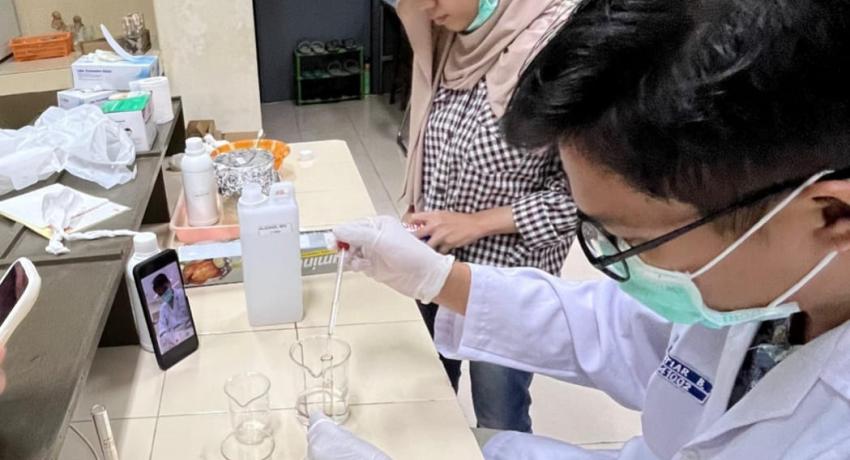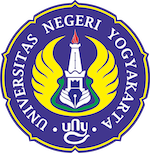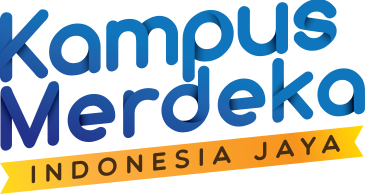Universitas Negeri Yogyakarta (UNY) students have developed an innovative solution to tackle industrial batik wastewater by transforming discarded orange peel into an effective bioadsorbent. The team, led by Jalu Bahtiar Baharudin from the Biology program, conducted exhaustive laboratory tests to extract pectin from Citrus sinensis peel—identifying its strong binding properties for harmful dye compounds commonly found in batik wastewater.
The research involved rigorous testing procedures: UV‑Vis spectrophotometry to measure dye absorption, FTIR and SEM‑EDX to analyze chemical structure and microstructure changes, and AAS testing on batik wastewater samples collected from Sleman, Bantul, and Kulon Progo. Findings revealed that Kulon Progo’s wastewater contained the highest pollutant levels, guiding further trials to confirm the bioadsorbent’s adsorption efficiency using established adsorption isotherm models.
.
This initiative, part of UNY’s Program Kreativitas Mahasiswa (PKM) in the Exact Research field, exemplifies how student-led scientific innovation can address environmental challenges. By utilizing agro-waste from the culinary sector to manage textile industry pollution, the team created a sustainable and cost-effective waste management model. Their work not only offers a practical solution for batik factories but also adds value to discarded organic materials.
Looking ahead, the team hopes their findings will inspire wider adoption of natural bioadsorbents in industrial wastewater treatment and encourage further research on organic waste utilization. Through simple yet science-based innovation, UNY students demonstrate the powerful role of creativity and resourcefulness in crafting solutions that benefit both communities and the environment.





